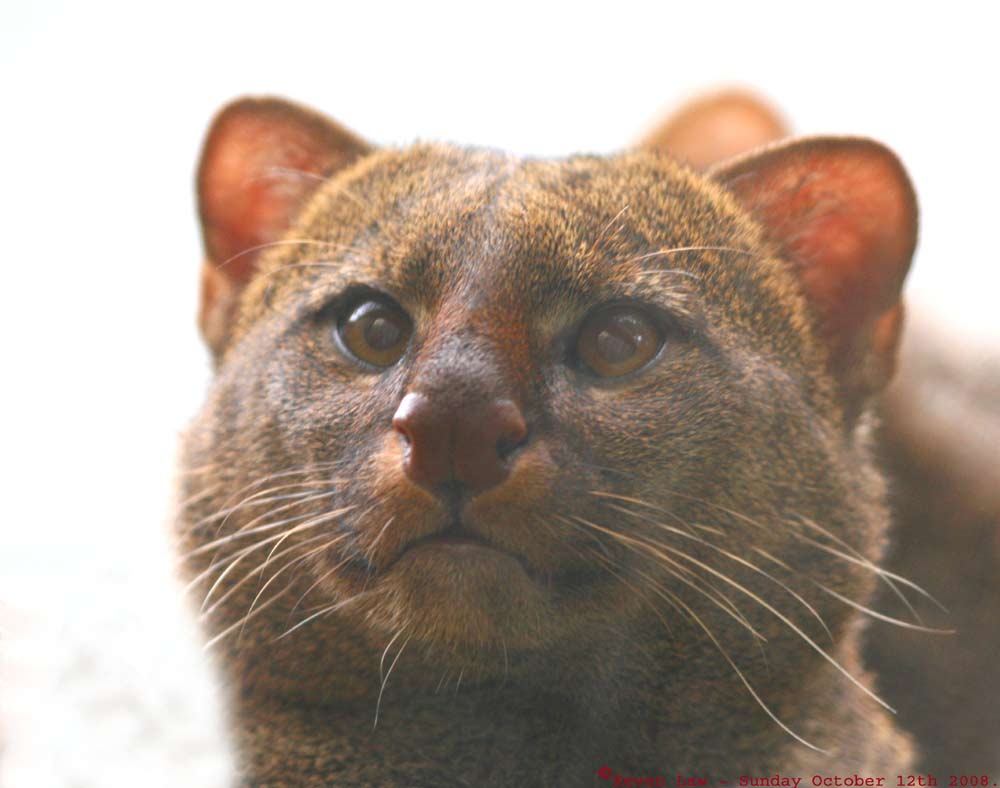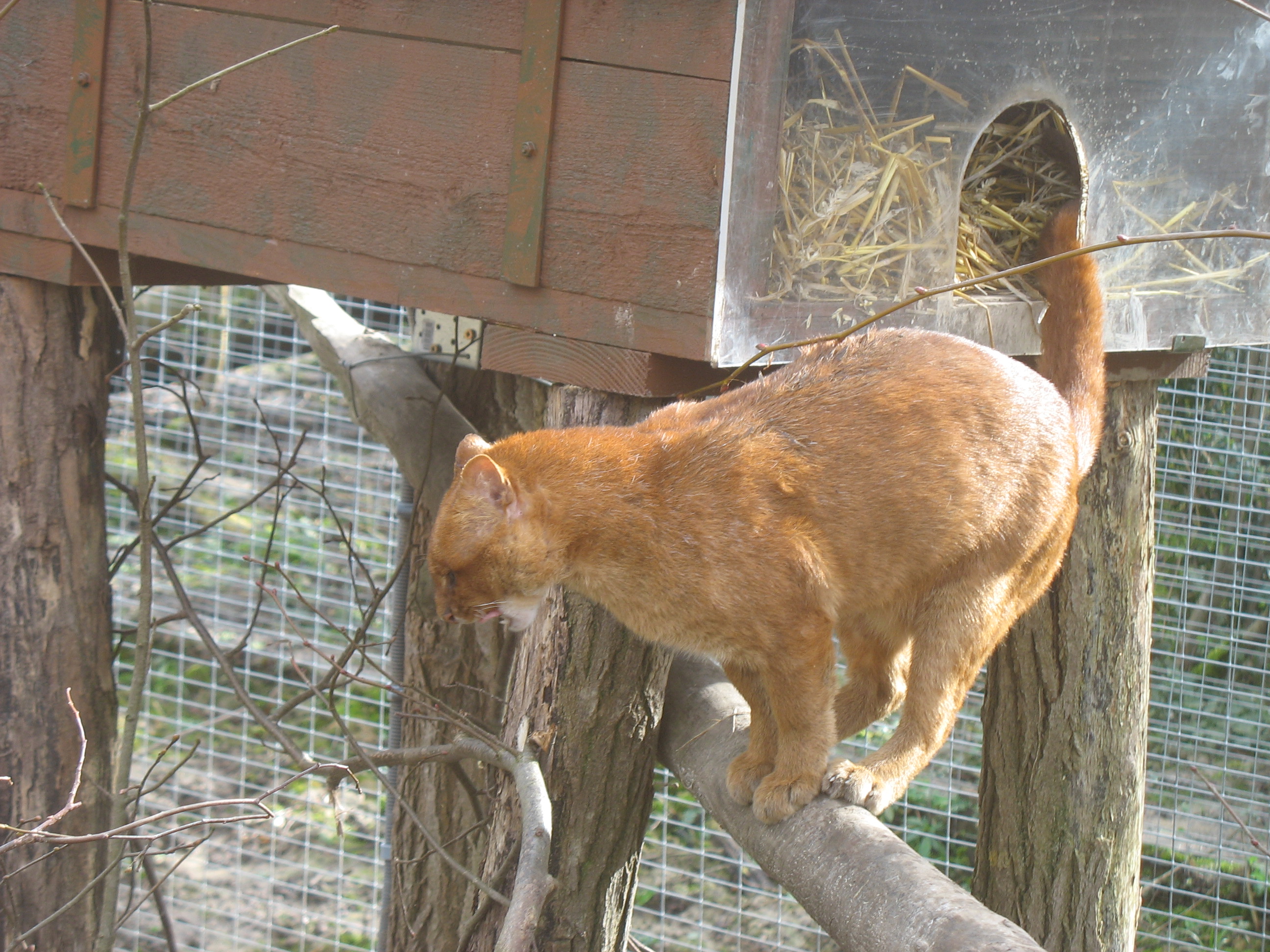The Gulf Coast jaguarundi, scientifically known as Herpailurus yagouaroundi, is a species of wild cat inhabiting regions along the Gulf Coast. Classified under the Felidae family and Felinae subfamily, these cats are relatively small in size compared to other wild felines. Despite their seemingly inconspicuous stature, two populations of the jaguarundi—the Gulf Coast and the Sinaloan—are considered endangered, a designation they received on June 14, 1976. This recognition underscores the pressing need for conservation efforts to protect these elusive creatures and their habitats.
Gulf Coast Jaguarundi Cat: Profile, Traits, Facts, Range, Diet
However, despite their endangered status, the classification of subspecies within the jaguarundi remains a subject of debate. As of 2017, the Cat Classification Taskforce of the Cat Specialist Group does not officially recognize any distinct subspecies of the jaguarundi. Now, let’s delve deeper into the characteristics, habitat, and conservation status of the Gulf Coast jaguarundi.
Characteristics and Habitat
The Gulf Coast jaguarundi boasts a unique set of physical traits that distinguish it from other members of the Felidae family. With its sleek, slender body and short legs, it navigates its habitat with agility and grace. Their coat typically exhibits a uniform reddish-brown or grayish coloration, enabling them to blend seamlessly into their surroundings. This camouflage is crucial for their survival, as they primarily inhabit dense vegetation such as forests, mangroves, and shrublands along the Gulf Coast region.
These habitats provide ample cover for hunting and shelter, allowing the jaguarundi to thrive despite human encroachment and habitat degradation. However, the fragmentation of their habitat due to human activities poses a significant threat to their survival, limiting their access to resources and increasing their vulnerability to extinction.
More Interesting Articles
- American Paint Horse – Facts | Colors | Profile | Characteristics
- 7 Tips on How to Groom A Cat at Home Even by An Amateur
- Shire Horse Breed Profile, Facts, History and Description
- British Shorthair Kitten Profile, Facts, Care, Breeder
- Thoroughbred Horse Breed – Facts | Profile | Traits | Care
- Black Abyssinian Cat Profile, Description, Traits, Facts, Care
- Friesian Horse Breed Profile, Facts, Traits, Care
- Blue Abyssinian Cat Breed Profile, Care, Traits, Facts
- Horse Training for Beginners – Steps to Be an Expert
- Hairless Cat Breeds – Profile | Traits | Facts | Care | Types
- Steps On Teaching A Horse to Neck Rein Like An Expert
- Munchkin Cat Breed – Profile | Lifespan | Personality | Care
- Training Wild Horses – How to Start from the Scratch
- Snow Bengal Cat Profile, Traits Care and Buying Guide
- Welsh Pony and Cob Horse – Profile, Traits, Facts, Care
- Ragdoll Cat Breed Profile, Care, Traits, and Buying Guide
- Miniature Horse Breeds – Profile | Traits | History | Care
- Russian Blue Cat – Facts | Profile| Care | Traits | Facts
- Percheron Horse – Breed Profile, Traits, Facts, Care
- Sphynx Cat Breed – Facts, Traits, Behavior, Profile, Care
- Breton Horse Breed – Profile, Traits, Facts, Care
- Black Bengal Cat – Profile | Personality | Characteristics | Size
- Shetland Pony Miniature Horse Breeds Profile Standard
- Rusty Spotted Cat for Sale – Facts and Measures
- Hackney Pony Horse Breed Profile and Riding Lesson
- 20 Really Cool, Interesting Facts about Horses for Animal Lovers

